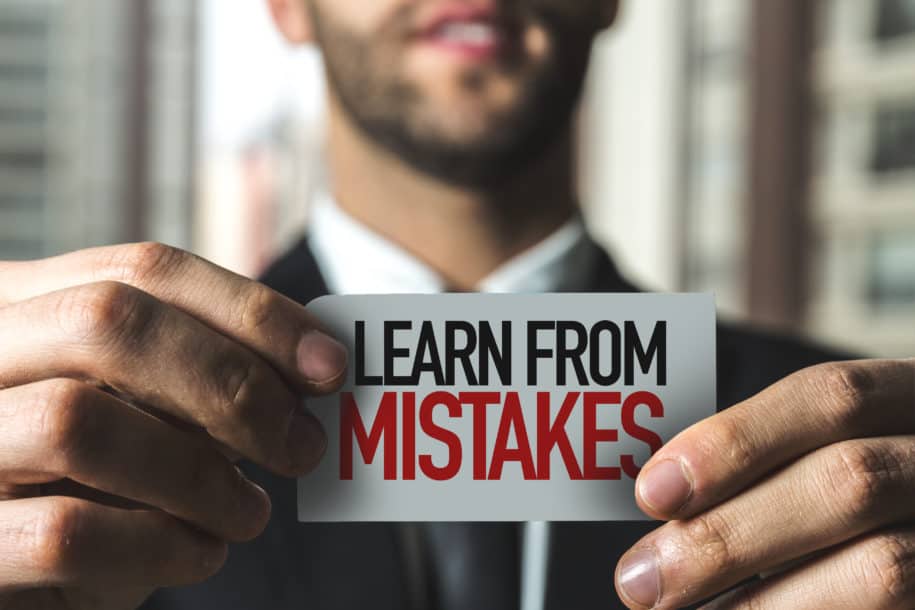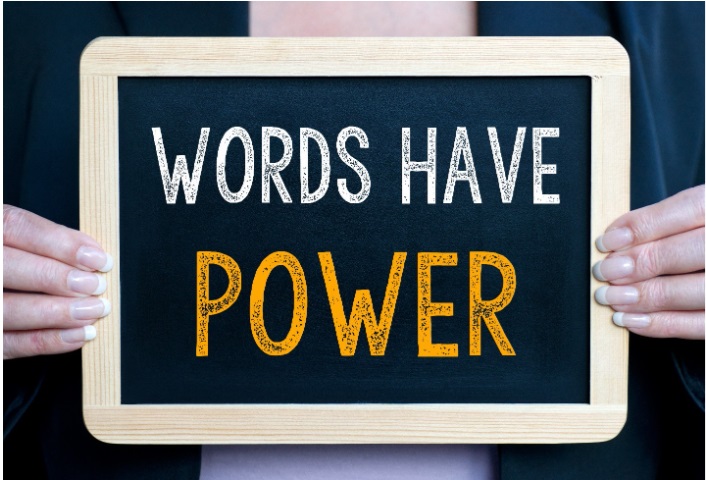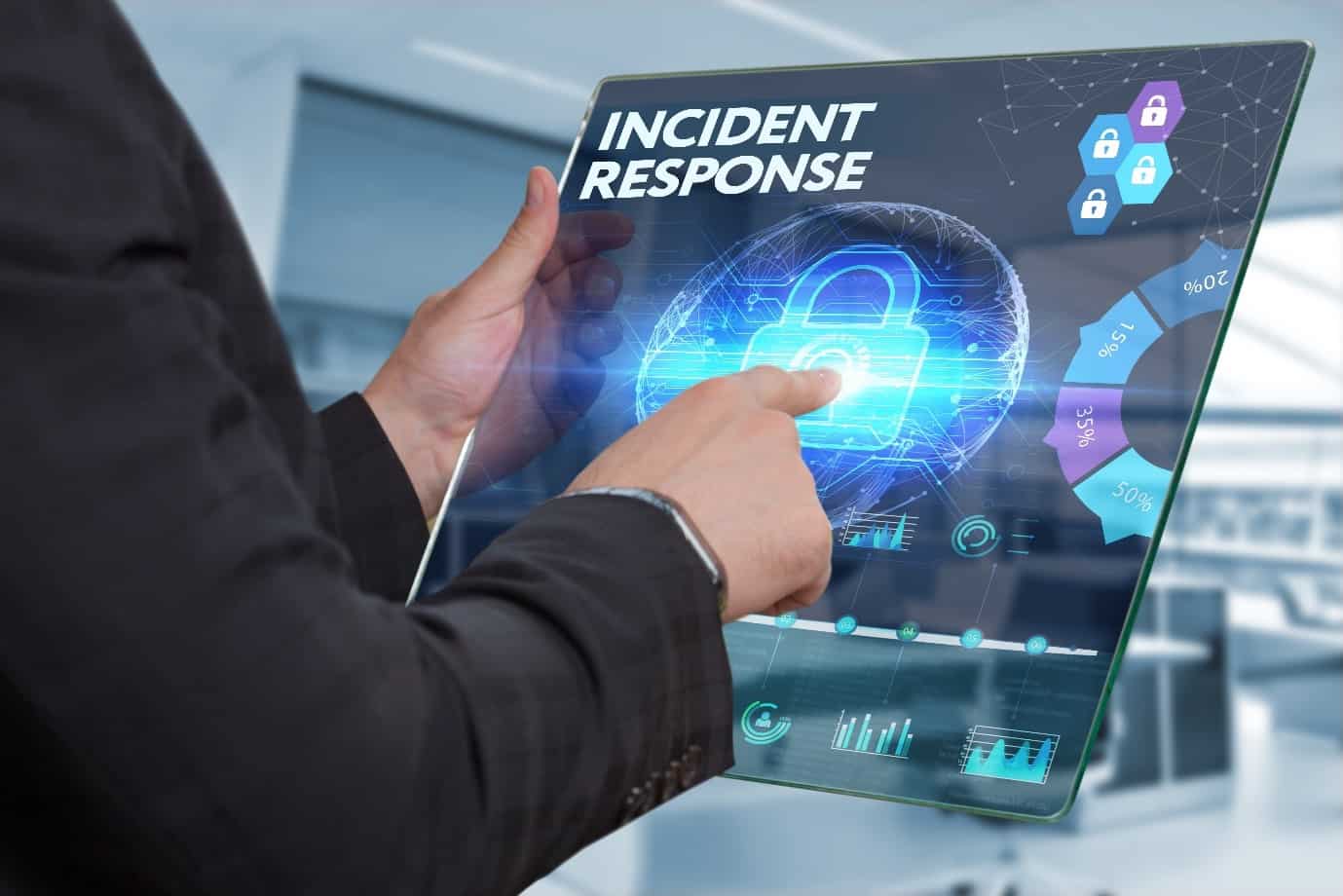In the previous article, The Purpose of Incident Management & Incident Investigations, the foundational principles of learning and improving were discussed. Further, in the article How we React Matters the concept of how organizations react to news from the workforce determines the ability to get further news or not. ‘Shooting the messenger’ will not remove the bad news or mitigate the risk, it will only remove the ability to be informed. It removes the ability to learn and proactively respond to potential issues prior to an unwanted event. Lastly, and most importantly, it erodes trust between those delivering the message and those receiving it.
In his book about human and organizational performance, Todd Conklin puts the concept simply: You can learn and improve, or you can blame and discipline – you cannot do both. Conklin goes on to state that the key is to realize that you must choose between discipline and learning. You can choose to discipline the worker, but then you cannot learn from the event. Alternatively, you can choose to learn from the event, but you then give away the opportunity to discipline the worker for the error. You cannot have both, blame and learning, at the same time (Conklin, 2019).
Shared here are some interesting excerpts from fellow safety professionals on the guiding foundational purpose of avoiding blame following incidents.
Matthew Koss, CSP, Senior HSE Manager, Allan Myers Inc.
It seems like there is a lot of blame, “He should have done this” or “They should have known” after an incident which typically sends our leaders down the path of employee error at what Dekker would call the “sharp end” of an incident. In doing so, we conclude a single decision is the “cause” and there is no need to investigate further. When deeper causal factors are uncovered, we identify opportunities to manage exposures by elimination/reduction further upstream. By managing exposure at this level, we allow our people to make a mistake without the consequence of injury. That is where value is added in incident investigation.
I have found that educating the teams I work with in identifying exposure via risk assessments then applying the hierarchy of controls in the planning phase is most effective. Interestingly, eliminating exposure typically reduces costs/improves production.
Leighton Simmons M.S., EHS, Regional EHS, Gardner Denver
Getting to [the causal factors] should be the real reason for an incident investigation. Typically, the fault is often blamed on the employee that was involved. Be it ‘mind not on task’, ‘in the line of fire’, ‘complacency’, etc. This is just the easy way out, and not taking ownership of what the true issues are at hand. Fault tree, RCCA, FMEA, or whatever tool you use, if the investigator is not trained well enough to recognize what they are looking at, then the exercise is futile.
Your employees are by far the greatest assets of any company. One thing I admired about a larger company I worked for was their intense and thorough system safety procedures/processes. This not only included all the regulatory requirements, but also looked at every single step in a process and analyzed its potential for harm or failure.
A good investigation (offense) should start with a good defense (system safety).
Jason Lucas, Author, Founding Member of the #SafetyJusticeLeague
If it is done in a manner to determine issues with the process rather than a fault-finding exercise, I have found that incident investigation has the ability to be a great thing. It is when the effort is to find fault for a disciplinary action that it all falls apart. That’s my two cents.
Robert Loose, CSP, Director of Safety at MAU Workforce Solutions
I have witnessed firsthand too-many-to-count organizations engaged in incident management. Some do a great job, and many do not. The organizations that turn it into a “positive” tend to have wide-spread involvement in the effort and do not fear to examine the leadership failures that contributed to a loss.
When something bad happens, most people think that someone must have messed up and done something wrong. It is easy, using hindsight, to align all choices in a linear fashion and then attribute blame to the choices made. Error is not a choice and blame only makes error a choice in retrospect. Blame solves nothing other than victimizing the victim and removing the opportunity to learn from the hard lesson. The critical role of leaders is to properly set the tone, build an inclusive culture, and move beyond finger-pointing. This requires leaders to understand our fallibility and the importance of responding appropriately.
For more details: Click here & Contact SafetyStratus Now.
AUTHOR BIO

Cary comes to the SafetyStratus team as the Vice President of Operations with almost 30 years of experience in several different industries. He began his career in the United States Navy’s nuclear power program. From there he transitioned into the public sector as an Environmental, Health & Safety Manager in the utility industry. After almost thirteen years, he transitioned into the construction sector as a Safety Director at a large, international construction company. Most recently he held the position of Manager of Professional Services at a safety software company, overseeing the customer success, implementation, and process consulting aspects of the services team.
At SafetyStratus, he is focused on helping achieve the company’s vision of “Saving lives and the environment by successfully integrating knowledgeable people, sustainable processes, and unparalleled technology”.
Follow @cary: Linkedin | Twitter
Bibliography
Conklin, T. (2019). The 5 principles of human performance: A contemporary update of the building blocks of human performance for the new view of safety. Santa Fe, NM: Pre-Accident Investigation Media.



